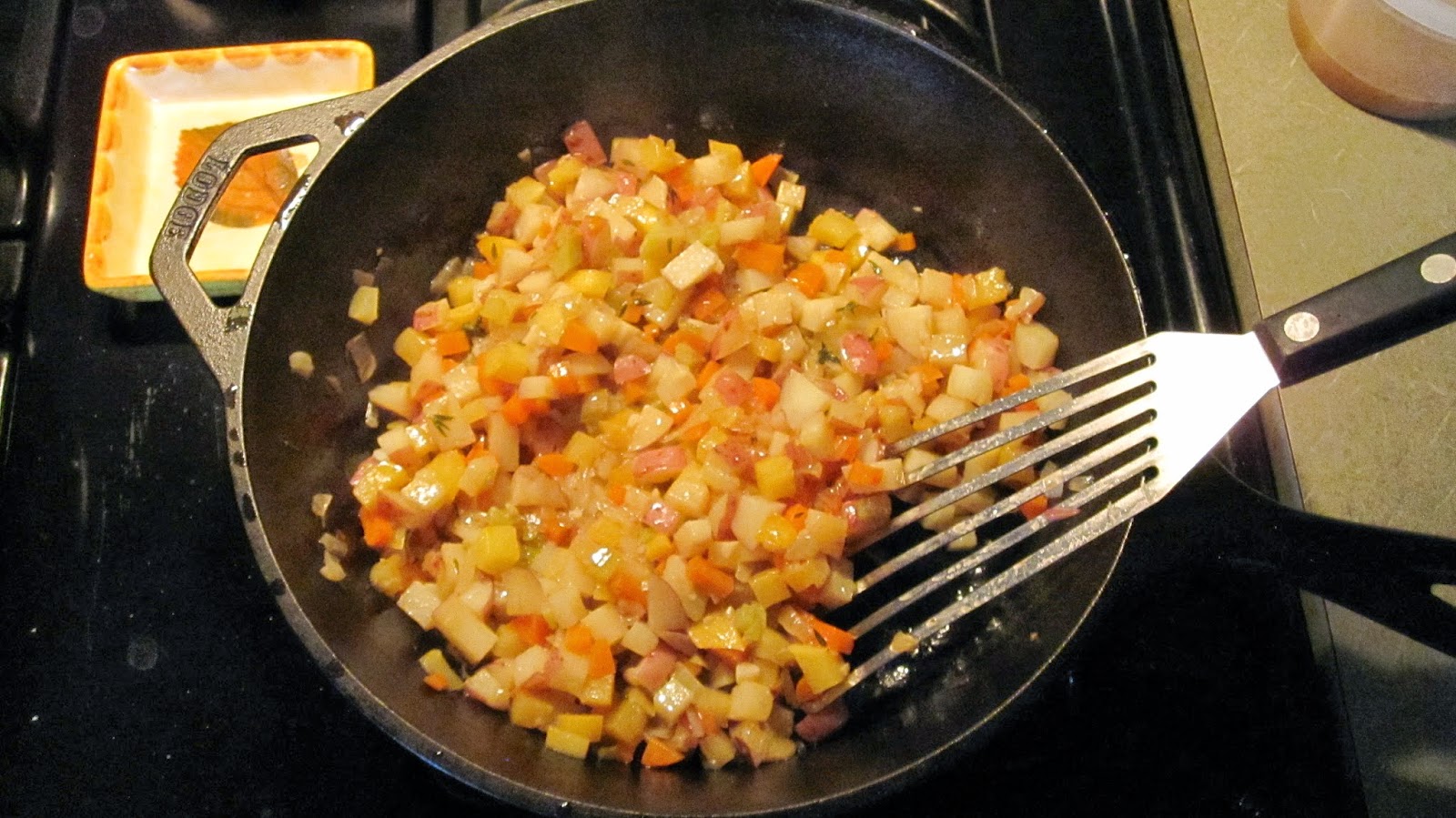 |
| From the freezer since I didn't take a picture before freezing |
These fritters are kind of a cross between a hushpuppy and a pancake. It makes a bunch, which is convenient because they freeze really well.
Makes 30-35 fritters
Corn Fritters
1 cup Masa Harina Corn Flour or Corn Meal, 4 ¾ ounces
½ cup White Whole Wheat Flour, 2 ¾ ounces
1 teaspoon Salt
1 teaspoon Baking Powder
1 teaspoon Baking Powder
½ tsp Smoked Paprika
½ tsp Taco Seasoning
1 cup Milk
½ cup Yogurt
2 Eggs
2 cups Corn, frozen or fresh, thawed if previously frozen
1 cup grated cheddar cheese
Refined coconut oil or other for pan frying.
Refined coconut oil or other for pan frying.
Preheat oven to 200℉
1. In a medium sized bowl, whisk together the flours, salt, baking powder and spices.
2. Lightly beat the eggs and combine with the milk and yogurt. Add the eggs and yogurt to the dry ingredients and mix just to combine.
3. Fold in the corn and cheese until well incorporated. The batter will be somewhat thick, thicker than pancake batter, thinner than cookie dough.
 |
| Pretty Thick Batter |
4. Heat about a half inch of the oil over medium low heat in a large skillet until shimmering.
5. Scoop heaping tablespoons of the batter and drop into pan. Use the back of the spoon or a spatula to flatten the top so you have a ½-¾ inch thick patty that is 2-3 inches in diameter. If the patty is too thick, the outside will burn before the interior is fully cooked.
 |
| Frying |
7. Fry for 1-2 minutes until patty is golden brown, flip and continue to cook for 1-2 minutes until the second side is also golden brown.
 |
| And the other side |
8. Remove from the pan and place on a plate lined with paper towels to drain some of the oil. Move to a cooling rack placed over a baking sheet after about 2 minutes and transfer to warm oven while you finish cooking up the rest of the batter.
 |
| We did a salsa dressing for this one |
We had these as a salad topper, but they would also be good as an appetizer with some salsa or just eat as is!
To freeze, let the fritters come to room temperature. Place on a baking sheet in a single layer and transfer to the freezer. Once the fritters are frozen solid, you can transfer to a freezer bag. Reheat at 400℉ until warm.
I'm happy to report that the coconut oil worked really well for frying. The fritters came out crispier than they normally do and we didn't have to evacuate our kitchen for too much smoke! If you've been considering making the switch, go for it!
If you try this recipe, please comment below to let me know how you liked it.
Shared at April's Homemaking Meal Planning Monday
If you try this recipe, please comment below to let me know how you liked it.
Shared at April's Homemaking Meal Planning Monday






















